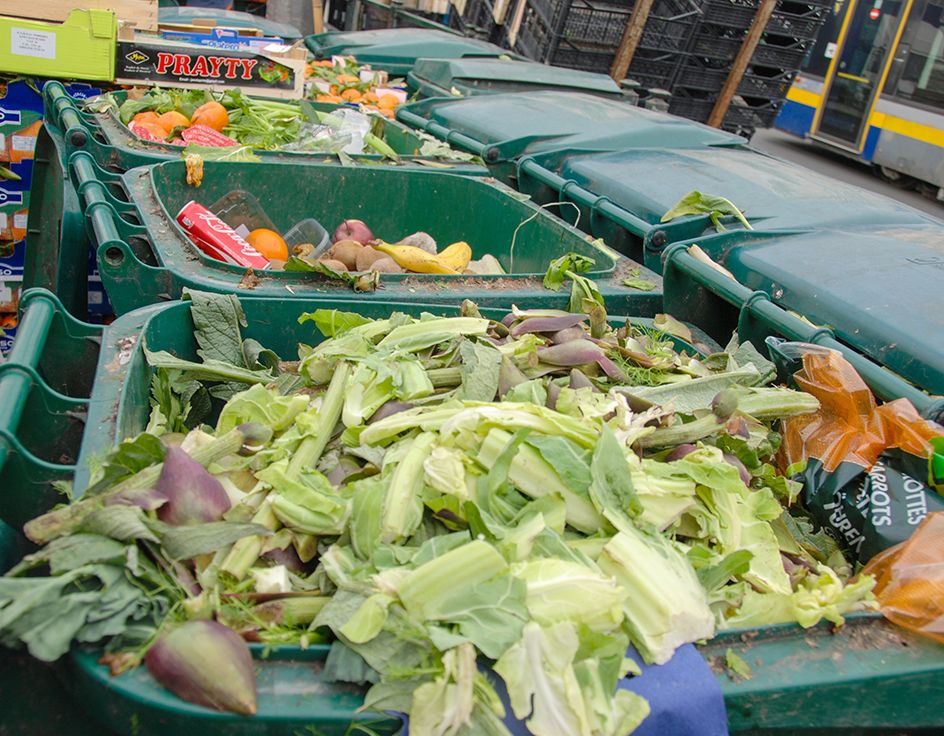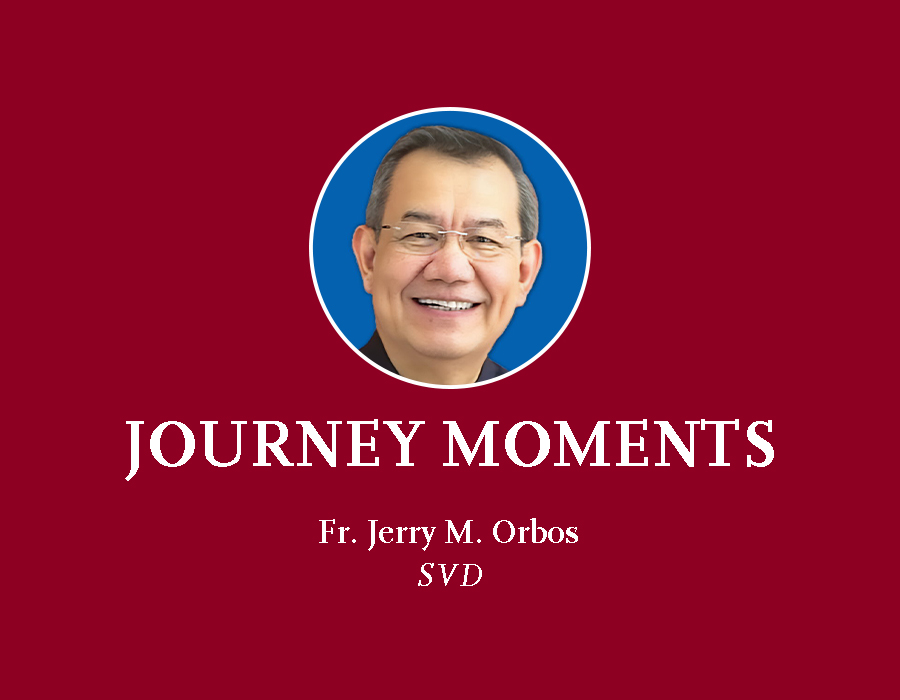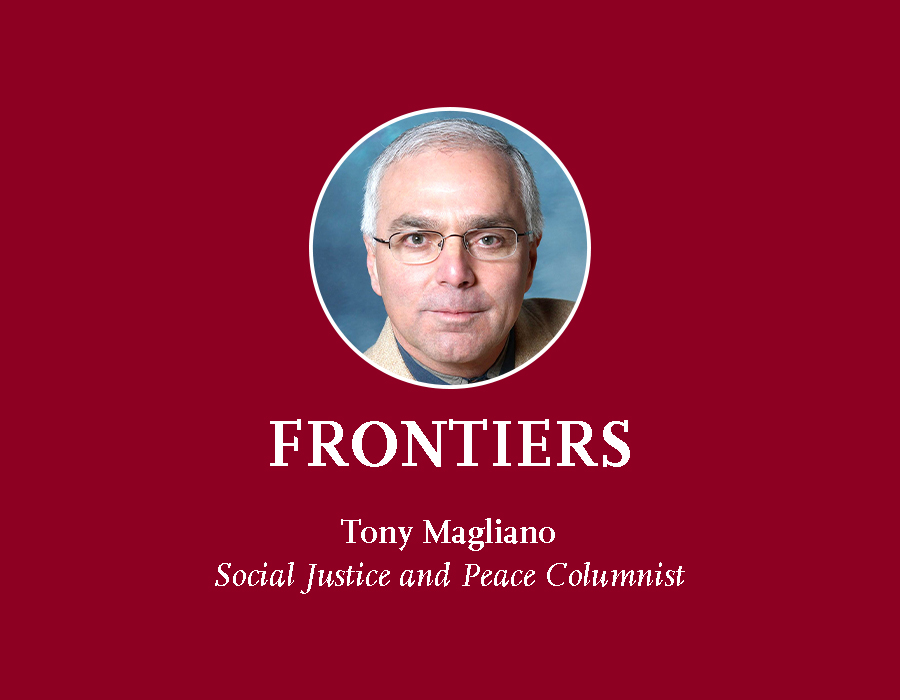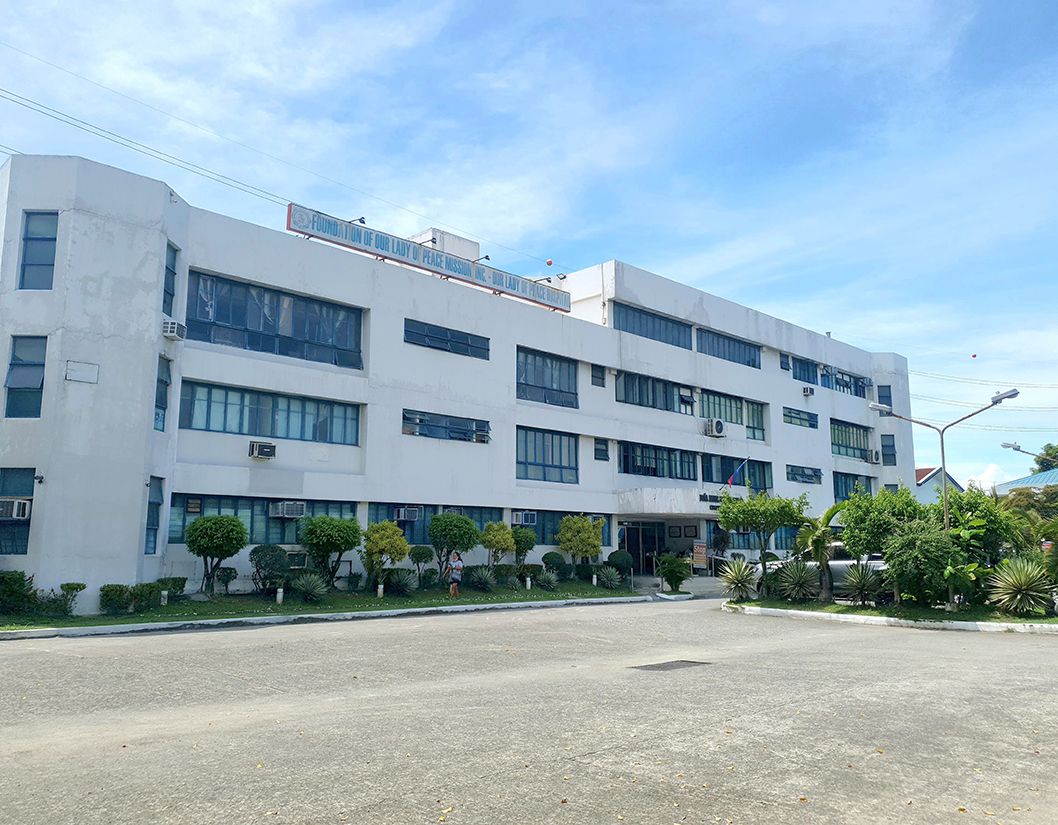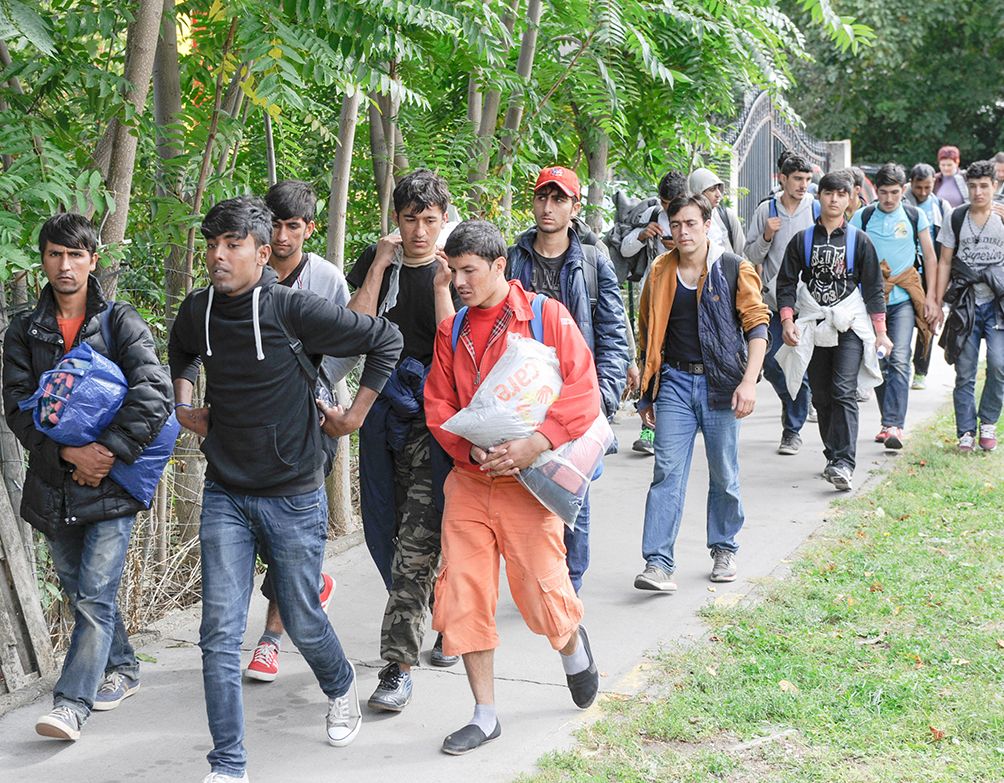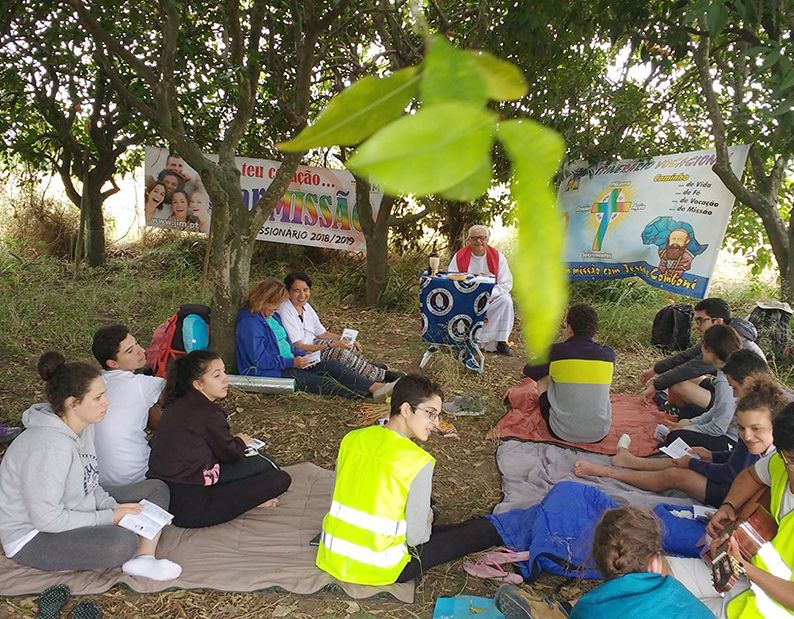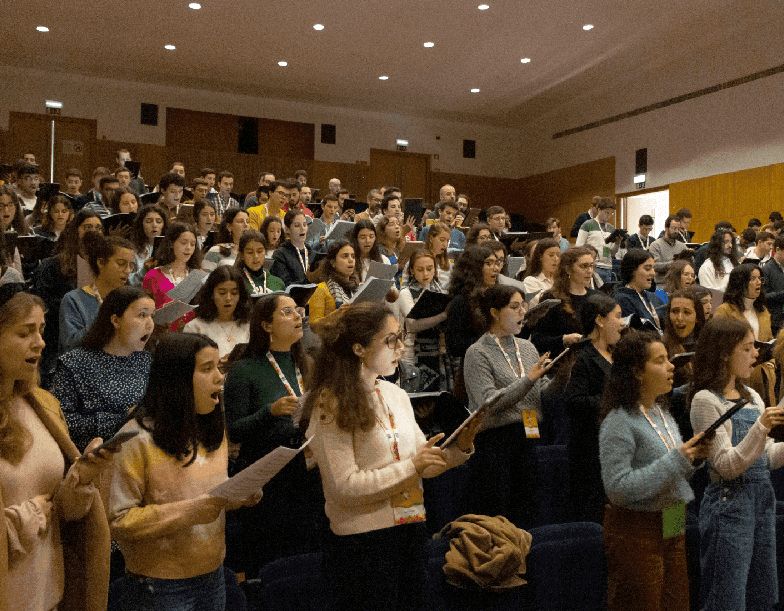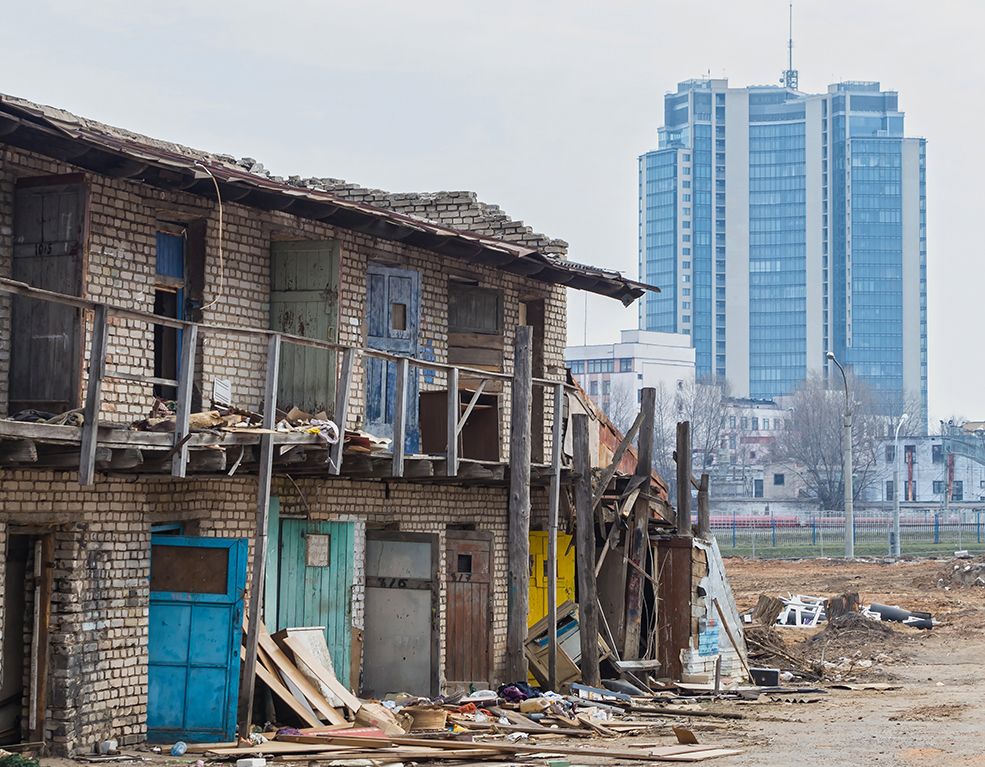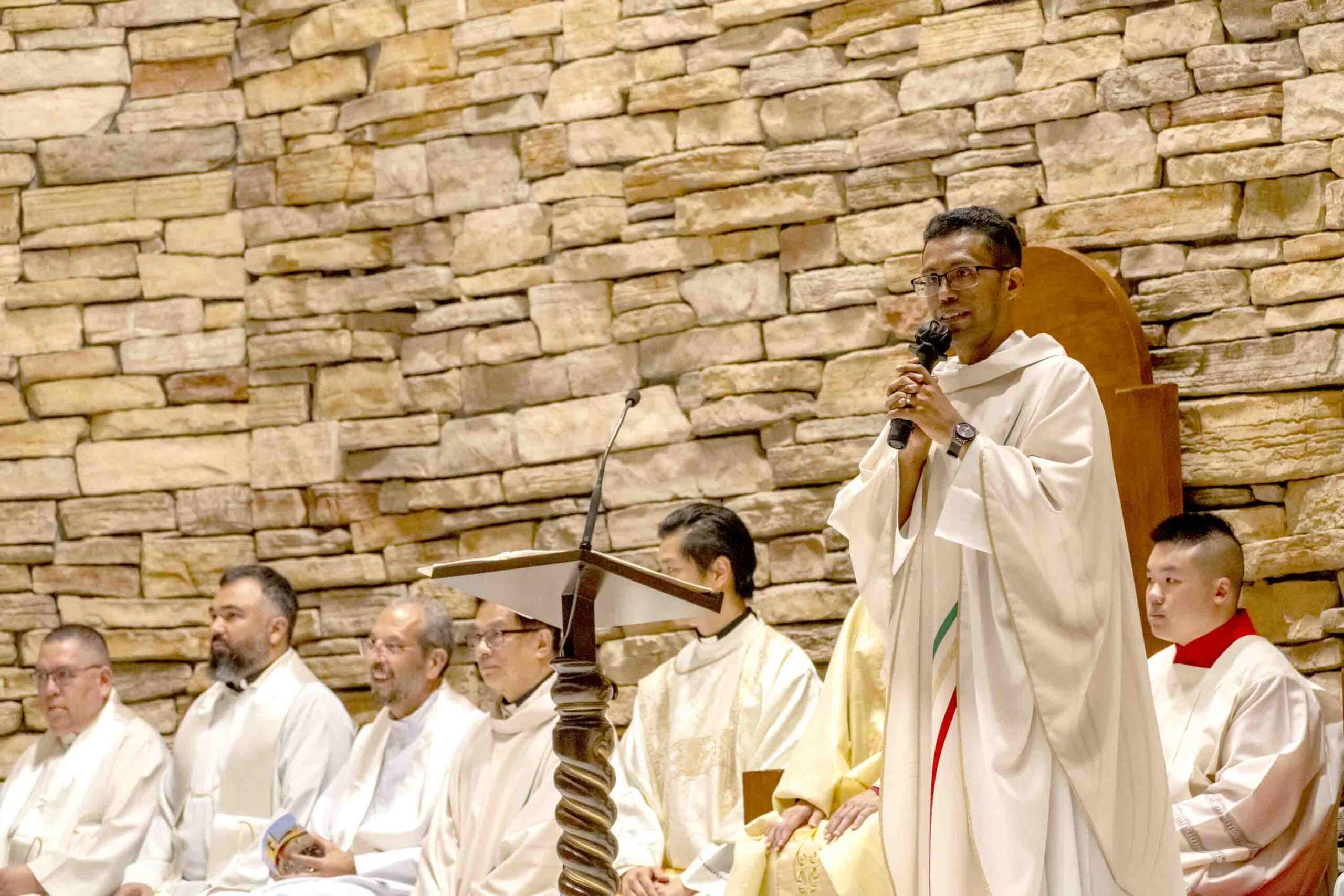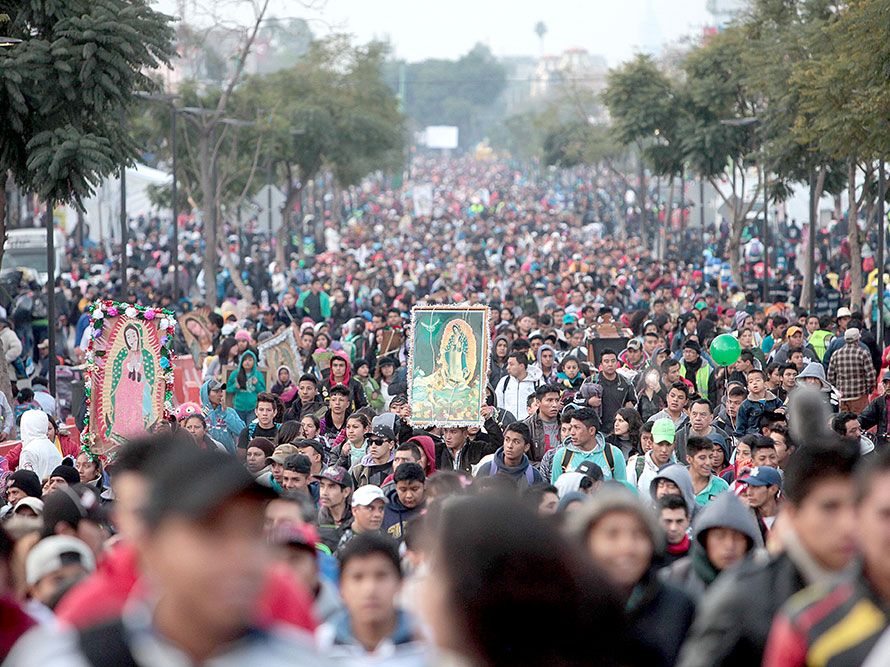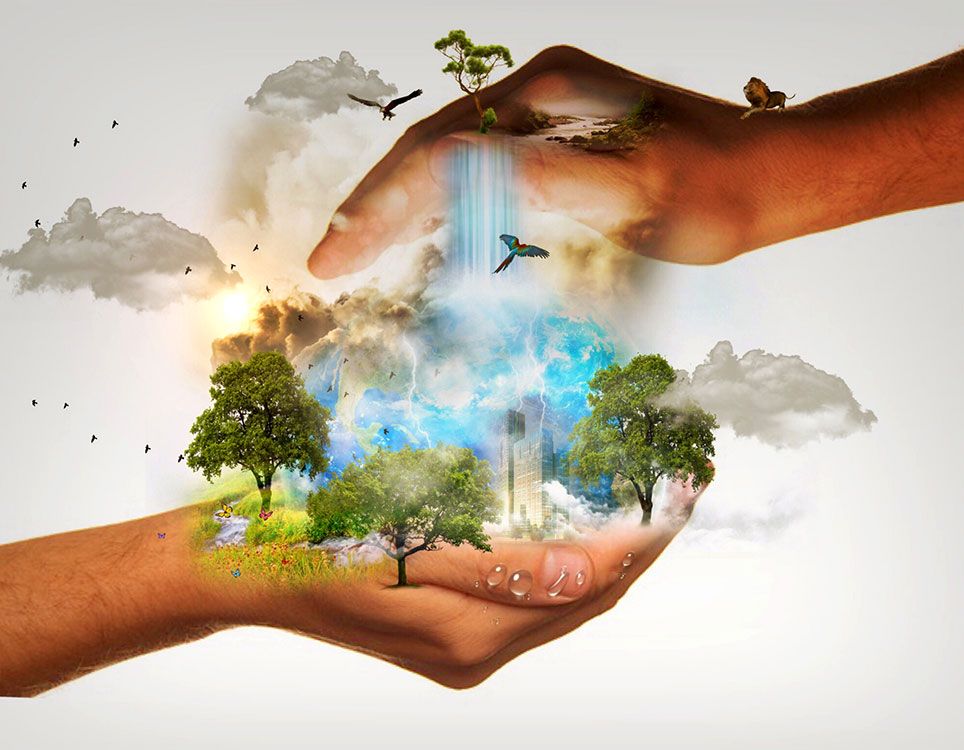At the 26th United Nations climate conference (COP26), held in 2021, a distressing appeal was heard: CO2 emissions must be reduced by 45% by 2030, compared to 2010 levels, and reach “net carbon neutrality” by the middle of this century.
This requires emitting into the atmosphere “only greenhouse gases capable of being absorbed by natural or artificial means.” But how do we reach this goal if the biggest polluters continue to manufacture coal and subsidize fossil fuels?
Some scientists, like Halley Froehlich, a professor at the University of California-Santa Barbara, USA, see a light at the bottom of the ocean: “The large-scale cultivation of seaweed. These organisms, which are neither plants nor animals, grow faster than trees, don’t burn, and have an extraordinary capacity to store carbon, because they release more oxygen than they need to consume.”
In addition, as National Geographic magazine explains, “they also help mitigate acidification, deoxygenation, and other marine impacts of global warming, which threaten the biodiversity of the seas and the livelihoods of hundreds of millions of people.”
Lead author of the study that quantified, for the first time, the global capacity – almost 48 million square kilometers – for large-scale seaweed cultivation, Halley Froehlich proposes planting and harvesting them in giant industrial structures and then sinking them into the oceans, “where the captured carbon dioxide would be buried for hundreds or thousands of years.”
The American biologist’s study, published in the science and technology journal The Current Biology and cited by National Geographic, concludes, for example, that “raising microalgae in just 0.001% of waters conducive to their growth could neutralize the entire carbon emissions of the aquaculture industry, which supplies half the planet’s seafood.”
“Many think of seaweed as that disgusting thing that covers beaches and gets in the way of our fun when we try to escape the summer heat,” writes Alecia Bellgrove, professor of Marine Biology and Ecology, at Deakin University in Victoria, Australia.
But the truth is that “these decomposing slimy goo can be turned into sustainable food and much more beneficial materials for our resources, with the potential to save the planet,” Alecia Bellgrove points out.
“As photosynthesizing creatures, seaweeds provide us with the oxygen we breathe. Plus it is macro algae, microalgae and other aquatic plants, such as seagrasses, that are responsible for nearly two-thirds of all the Earth’s oxygen produced in the oceans,” specifies the Australian academic. “Seaweeds are not only important on a global scale for the oxygenation of the atmosphere, but are also the basis of most food chains.”
What’s more, because of their “capacity for self-regeneration” (they can grow 10 to 100 times faster than terrestrial plants), seaweeds are also “a long-term nutritious source of food,” and can help solve food shortage crises such as those currently experienced in several regions of the world. Because their rapid growth rate makes them five times more energy efficient, seaweed is also being studied as a source of sustainable biofuels.
A “FOOD REVOLUTION”
Another potential quality of “underwater forests”: If we add small amounts of seaweed to the feed of animals, especially cattle-whose methane production (through burping and, to a lesser extent, flatulence) is “blamed” for almost 15 percent of greenhouse gas emissions, the production of methane, which traps 28 times more heat in the atmosphere than C02, “can be reduced by 82% in just five months.”
In the 2000s, Joe Dorgan, a Canadian cattle farmer, found that his cows “by spending more time on the shore, feeding on the algae brought in by storms, were considerably healthier, had a better growth rate, reproduced faster, and produced more milk” than herds that stayed in the meadows.
In 2011, Dorgan wanted to further his knowledge of microalgae for animal health and developed a new organic feed business… To enhance his product and gain market share, he teamed up with environmentalist Robert Kinley, a professor at a Nova Scotia university, who, studying Dorgan’s ruminants, identified “methane reductions of about 20% in animals fed with the algae mixture.”
Kinley’s studies, which have since been extended to other institutions, also revealed that, of the various species tested in the laboratory, “one red algae, Asparogopsis taxiformis, clearly proved to be the most powerful solution, with methane inhibition rates of 98.9%.”
“Even if all the places where this alga exists were explored, even if all the wild specimens were caught, it wouldn’t be enough to supply such a massive industry as animal production, even just cattle, not to mention other ruminants-never in a lifetime!” stresses biological engineer and seaExpert’s general manager, Artur Oliveira.
“The difficulty is really to cultivate. It is possible to produce Asparogopsis taxiformis in aquaculture, but it is not yet known how to do it on a large scale. It will take some time.”
Increasing the production of macro algae requires caution. “One thing is to cultivate in a balloon, in ultra-controlled conditions; another is to cultivate in larger tanks.” Paulo Cartaxana, a marine biotechnology and aquaculture researcher at the Center for Environment and Sea Studies at the University of Aveiro, Portugal, explains. On a large scale, “the main problem is to control all the factors that mess with algae growth, such as light, nutrients, nitrogen and phosphorus, mainly.”
CHANGING BEHAVIOR
There is now a giant patch of seaweed in the Atlantic Ocean, called the Great Atlantic Sargasso Belt, that may or may not confirm whether seaweed will help save the planet. This “belt” in the middle of the ocean measures about 6100 square kilometers, covering an area that can be detected and measured from space with the help of satellites.
The researchers use the information they obtain in this way to calculate how much CO2 the seaweed removes from the atmosphere through photosynthesis. So far, they have concluded that reforestation on the scale of the Great Atlantic Sargasso Belt would remove only 0.0001-0.001% of the carbon emissions projected for 2100.
This low percentage, says Tricia Thibodeau, a researcher at the University of Rhode Island (USA), is partly justified by the fact that algae, by serving as a habitat for marine animals, are also home to organisms such as corals and sea shells, which produce CO2 as they grow and calcify, putting carbon dioxide back into the atmosphere.
On the other hand, notes Tricia Thibodeau, because they need nutrients to feed, algae “decrease the nutrients needed by phytoplankton, reducing their ability to photosynthesize and remove CO2 from the atmosphere.”
Heather Smith, science editor of the digital magazine Sierra, which belongs to the oldest and most influential environmental group in the United States (Sierra Club), believes there is no doubt that “seaweed has been removing carbon from the atmosphere for at least 500 million years,” but also warns that “1,000 tons of CO2 per year per square kilometer is nothing compared to 50 billion tons of greenhouse gases emitted annually by the world.”
“To sequester the carbon captured by the algae, the algae would have to be sunk at least 1,000 meters deep, where it will decompose so that it doesn’t return to the surface or reintegrate the CO2 cycle, for at least 100 years,” Heather Smith says.
Seaweed has been harvested for thousands of years, but cultivating and sinking it in the ocean is “totally new territory,” Sierra’s editor emphasizes, warning of “the dangers that ropes and buoys used for large-scale cultivation can pose to shipping, fishing, or aquatic wildlife.”
Nevertheless, Heather Smith believes that algae cultivation “is promising.” Because, in addition to capturing carbon, they provide a habitat for fish and help alleviate ocean acidification. They also “don’t need to rely on artificial feeds or antibiotics, which unbalance local ecosystems.” In any case, “the most effective way to sequester carbon is still not to release it,” recommends the journalist.
This method of fishing, in which a large, heavy net is dragged along the ocean floor, catching everything it catches, including non-target species, and destroying shallow water beds, “releases as much carbon into the atmosphere as the entire aviation industry-about a billion tons a year.” Therefore, ordering “a global ban on trawling would help to realize already today what sinking algae may do in the future.”
The advice of Tricia Thibodeau, the researcher in Rhode Island, is similar. “Maybe seaweed will help save the planet, but large-scale projects to grow it cannot be the only solution. Each of us must continue to limit our dependence on fossil fuels, because for now and the foreseeable future, that’s the way against climate change.”






